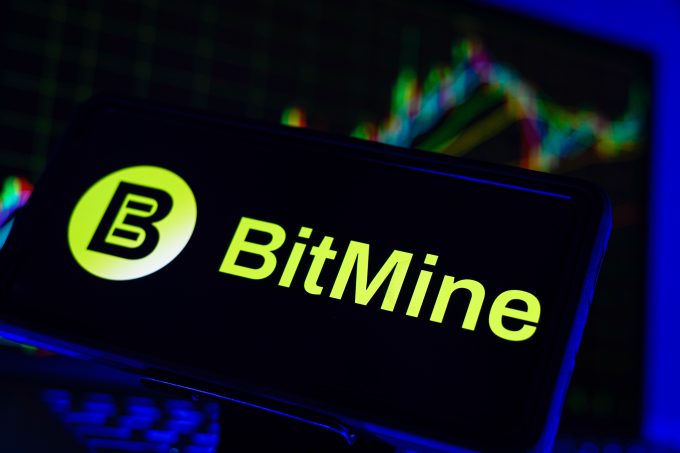Crypto markets faced renewed turbulence today as a $116 million exploit of the Balancer protocol coincided with another dip in Bitcoin (BTC) and sustained outflows from crypto exchange-traded products (ETPs). Together, these developments have weighed on market confidence and highlighted lingering vulnerabilities across both decentralized finance (DeFi) and institutional adoption segments.
Market Reaction
The Balancer hack, which siphoned roughly $116 million in digital assets, was executed through a months-long setup involving layered wallet transactions and mixers — a reminder of persistent security risks within the DeFi ecosystem. The incident triggered immediate volatility, with the Crypto Fear & Greed Index plunging from 42 to 21 — its lowest level in nearly seven months. Bitcoin briefly slipped below $106,000 before stabilizing, while altcoins mirrored the decline as liquidity dried up across major exchanges. The scale and sophistication of the exploit further eroded short-term investor confidence, particularly among retail participants who have been slow to re-enter the market since the last correction.
Regulatory and Institutional Implications
The timing of the breach adds complexity to an already cautious institutional landscape. While spot Bitcoin ETFs recently attracted more than $1.7 billion in inflows, ether-based ETPs recorded over $230 million in net outflows during the same period. The divergence reflects a deepening preference for Bitcoin among institutional allocators amid growing scrutiny over altcoins and DeFi exposure. Regulators in the U.S. and Europe are expected to intensify oversight of decentralized protocols and wallet infrastructure, emphasizing compliance and transparency. The Balancer exploit could accelerate these efforts, reinforcing the argument for clearer standards on custody and smart contract audits.
Investor Sentiment and Strategic Positioning
Investor psychology remains fragile. On-chain data suggests that large holders — often referred to as “whales” — are maintaining defensive postures, with few deploying new capital outside major assets like Bitcoin and Ethereum. The broader trend points toward a flight to safety within crypto, favoring regulated instruments and high-liquidity tokens. Meanwhile, smaller altcoins continue to underperform as speculative activity wanes. Analysts suggest that until on-chain activity and DeFi participation rebound meaningfully, price recoveries will likely be capped by thin order books and risk aversion.
Looking ahead, markets are expected to remain volatile as traders assess whether the latest DeFi breach represents an isolated event or a symptom of broader systemic fragility. Key factors to watch include ETF flow momentum, upcoming macroeconomic data, and central bank policy direction, all of which will influence risk appetite across digital assets. Sustained stability in crypto markets may depend not only on improved security and regulation but also on the return of institutional confidence in the DeFi and altcoin sectors.













https://shorturl.fm/XI4Vg